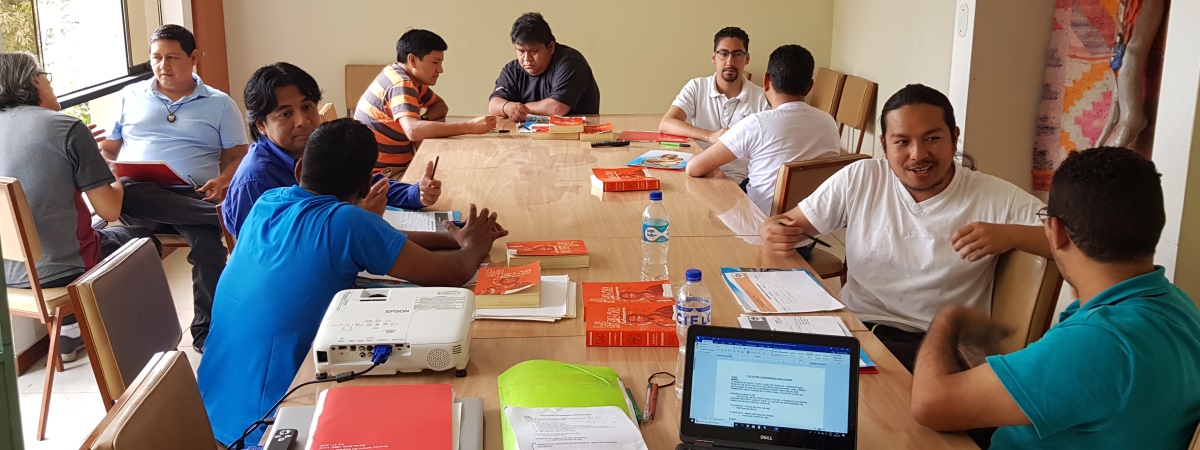MSC Leadership Training
Ad Limina Training for New Leaders
Module 1 Orientation & Foundations
Module 2 Understanding leadership within MSC
Module 3 Team Dynamics and Collaboration
Module 4 Financial Stewardship
Module 5 Safeguarding and Ethical Leadership
Module 6 Integration
Module 7 Managing Stress and Challenges
Module 8 Encounter and Transformation: Transformative Leadership in Action
Module 9 Mission and Vision
Module 10 Application and Commissioning

